
Secrets of Sacred Geometry in Modern Esotericism
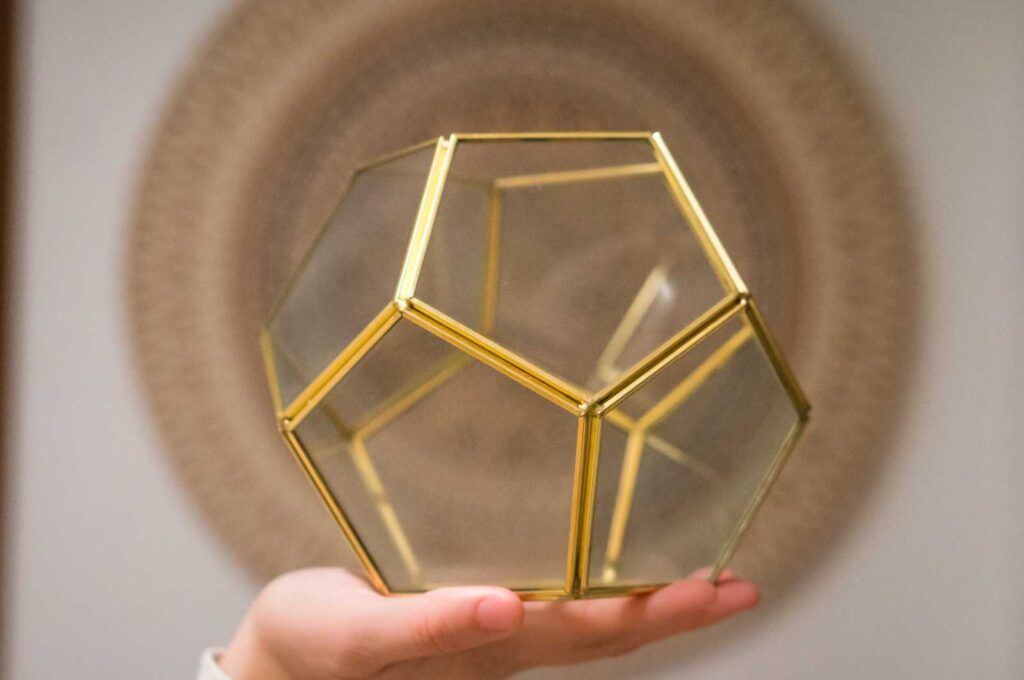
In a world where ancient wisdom merges with contemporary curiosity, the mystical realm of sacred geometry continues to captivate modern esoteric thinkers. Many are intrigued by the mysterious patterns and symbols found in nature, art, and architecture, wondering how these designs can unlock deeper spiritual meaning. Sacred geometry is more than mathematical precision; it is a symbolic language that interlinks the material and spiritual worlds, shedding light on the structure of reality itself. In this article, we traverse the evolution of sacred geometry—from its historical roots to its modern applications—revealing how its timeless principles can inspire personal growth, creativity, and spiritual enlightenment.
Historical Foundations of Sacred Geometry
The origins of sacred geometry are steeped in tradition and myth. From ancient Egypt to Greek philosophy, cultures around the globe recognized that geometric patterns hold profound symbolic meaning. Early civilizations observed natural phenomena following mathematical ratios and constructed pyramids, temples, and monuments based on these principles. The golden ratio and the Fibonacci sequence illustrate how mathematics was intimately connected with spirituality, giving built environments a sense of divine order.
Historical texts and archaeological findings continue to prove that ancient cultures held geometry in high esteem. In India, mandalas were meticulously designed as maps of the cosmos. Likewise, European alchemists used geometric patterns to decode universal mysteries. This relationship between geometry and divinity not only influenced religious art but also continues to inspire modern spiritual practices, showcasing the everlasting legacy of these concepts.
Ancient architects and mathematicians viewed sacred geometry as a universal language. The layout of sacred spaces—whether churches, mosques, or temples—often adhered to precise geometric alignments, believed to create harmony between humanity, nature, and the divine. These principles have transcended time, connecting modern esoteric practices with their historical origins. Fundamental geometric patterns still inspire contemporary art and architecture, reminding us of the perpetual relevance of sacred geometry.
Ancient Civilizations and Their Use of Geometry
Ancient Egyptians ingeniously applied geometric precision when constructing the pyramids. Their advanced understanding of spatial relationships resulted in structures that have withstood the test of time, captivating audiences with their mathematical accuracy.
Similarly, Mayan and other Mesoamerican cultures used geometry to align their cities with cosmic events. Architectural marvels, such as step pyramids, reflect celestial patterns and cosmic order.
The Role of Geometry in Religious Art and Architecture
Throughout history, sacred geometry has played a prominent role in designing religious structures. Intricate patterns in stone and illuminated manuscripts remind us of a higher order and cosmic balance.
In religious art, geometric patterns are not mere decoration: they symbolize divine perfection and serve as meditative tools, inviting the observer to contemplate a greater, unseen harmony.
Sacred Geometry in Modern Esoteric Practices
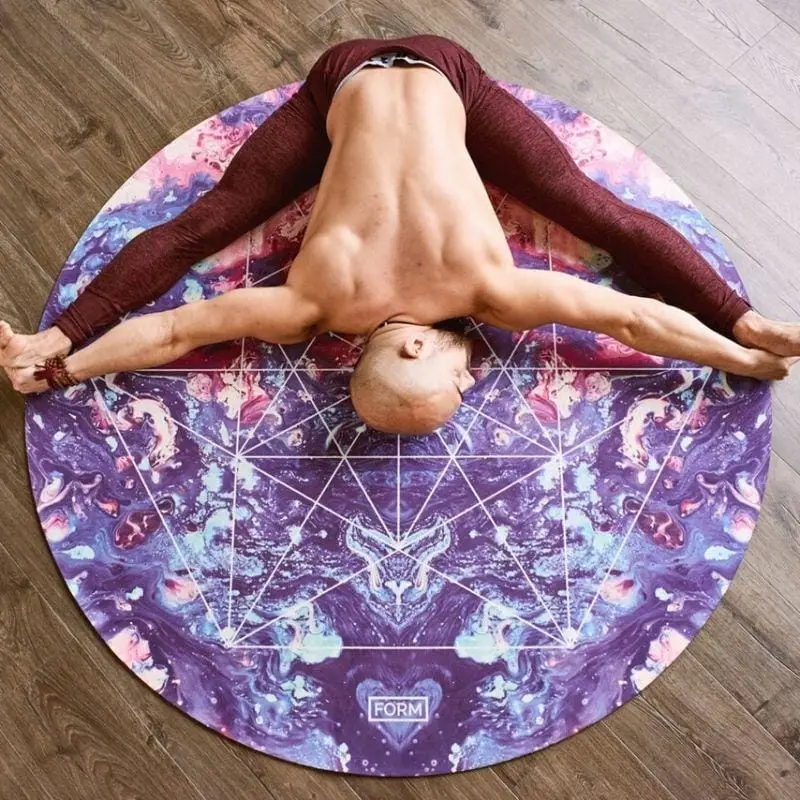
Modern esoteric practices embrace sacred geometry as a powerful tool for personal and spiritual development. Today’s practitioners use these ancient symbols to tap into inner wisdom and align with cosmic energies. Esoteric traditions see sacred geometry as a doorway to understanding the blueprint of existence, where every shape and pattern carries its own energetic vibration.
In recent decades, workshops, seminars, and online communities have popularized the exploration of geometría sagrada among spiritual enthusiasts. This blend of ancient symbolism with modern insights has reignited interest, driving a renewed dialogue between science and spirituality. Techniques like meditation on geometric forms and visualization exercises are now common practices for harnessing this transformative energy.
Modern interpretations have broadened the role of sacred geometry beyond spiritual circles, influencing fields such as architecture, design, and technology. By incorporating mathematical beauty into everyday life, many believe sacred geometry helps harmonize the mind, body, and spirit. Its transformative energy emphasizes that the universe communicates through a language that remains constant across time.
Meditative Practices Using Geometric Patterns
Meditation sessions incorporating geometric visualizations can be transformative. This practice deepens relaxation and enhances mental clarity, as the mind concentrates on the symmetry and balance of these patterns.
Participants report that visualizing forms like the Flower of Life or Metatron's Cube fosters a sense of unity and connection with the cosmos.
Digital and Technological Integration
The rise of digital art and virtual reality has made sacred geometry more interactive. Virtual environments based on geometric principles allow users to 'step into' spaces designed to evoke ancient wisdom.
This technological integration offers modern esoteric practitioners innovative ways to experience and apply sacred geometry, bridging the gap between tradition and modernity.
Interpreting Geometric Symbols and Their Meanings
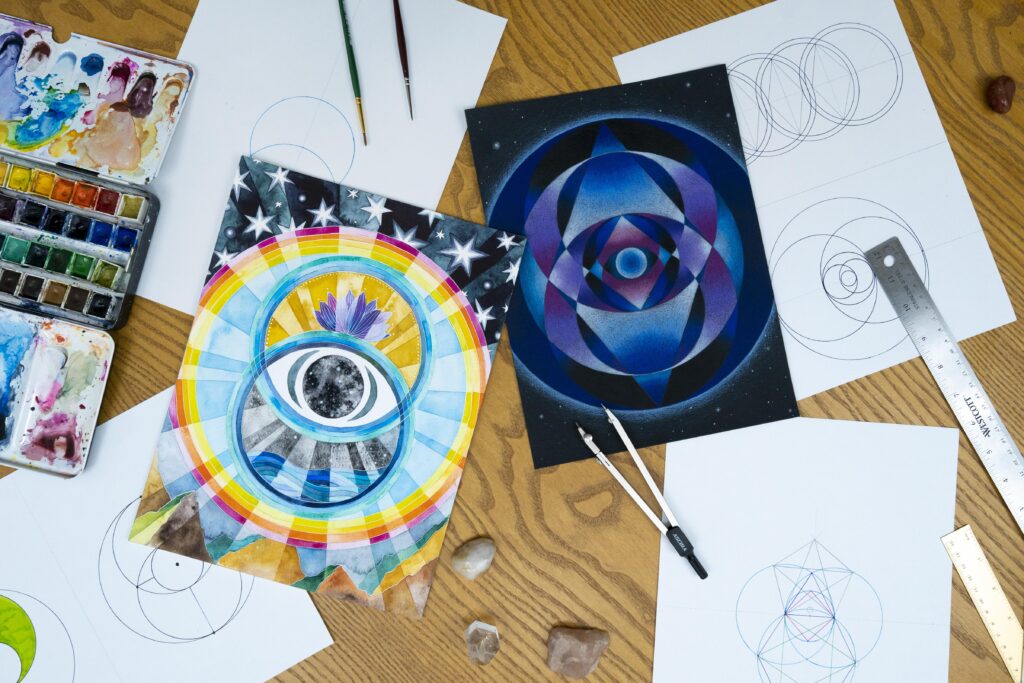
Interpreting sacred geometry requires a blend of intuition, historical knowledge, and an appreciation for symbolic language. Each line, curve, and intersection holds layers of meaning that resonate with universal truths. Every symbol acts as a key to unlocking deeper aspects of human experience, linking the physical to the metaphysical.
The Flower of Life is among the most iconic symbols in sacred geometry. Its intricate design is thought to represent the cycle of creation, the interconnection of all life, and the universe’s endless expansion. Similarly, the Sri Yantra, revered in Eastern traditions, visually encapsulates cosmic balance and the interplay of energies. These examples show that geometric figures are dynamic and continuously evolve, reflecting the living nature of the cosmos.
Icons and mandalas serve as powerful aids in meditation, ritual, and artistic expression. Understanding the symbolism behind shapes like circles, triangles, and spirals enriches one’s spiritual journey. The language of symbols bridges our tangible world with mystical dimensions, offering insights into both personal and universal truths.
Practical Applications of Geometría Sagrada in Daily Life
In modern esotericism, sacred geometry is celebrated for enhancing personal well-being and expanding consciousness. From interior design to meditation practices, incorporating geometric patterns into daily life creates calming yet invigorating environments. Many enthusiasts believe that surrounding oneself with these forms invites balance, order, and aesthetic beauty into everyday spaces.
A popular practice is the deliberate placement of sacred symbols in homes and workplaces. Whether through art, jewelry, or furniture design, these elements not only improve visual appeal but also stimulate creative energy and mindful living. Integrating sacred geometry into everyday environments promotes a mindset that is in tune with cosmic balance.
Additionally, using geometrical patterns in personal rituals sparks inner transformation. Meditating with mandalas, for example, helps focus energy and set intentions for growth. This practice emphasizes that the sacred geometry permeating our surroundings can guide us toward a more balanced and intentional way of life.
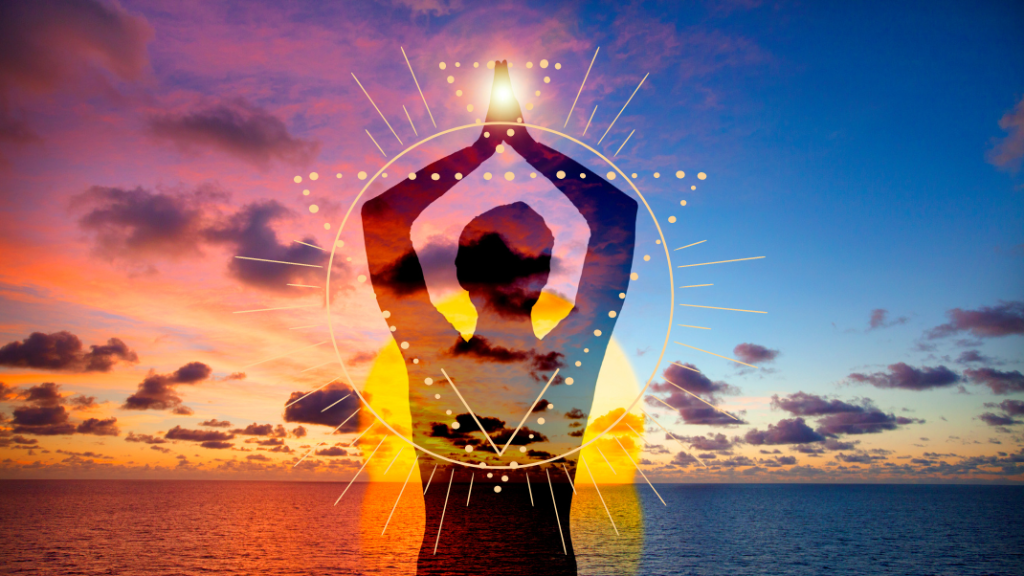
Home and Workplace Design
Introducing sacred geometry into your living space can be as simple as selecting artwork featuring the Flower of Life or Metatron's Cube. These designs create an atmosphere of balance and harmony, boosting creativity and productivity.
Modern architects and interior designers increasingly integrate geometric patterns into their projects, blending functionality with spiritual significance.
Rituals and Meditation Practices
Incorporating geometric symbols during meditation offers a tangible focal point, making it easier to clear mental clutter. Whether it’s a printed mandala or a digital projection, these patterns remind us of the universe’s inherent order.
Many practitioners find that meditating on shapes like spirals or concentric circles cultivates inner peace and a stronger connection with their inner selves.
Science, Spirituality, and the Future of Sacred Geometry
As our understanding of the universe evolves, the link between science and spirituality becomes increasingly clear. Modern scientific fields—such as quantum physics and cosmology—reveal structures and patterns that echo the principles of sacred geometry. Researchers are now exploring how these age-old symbols might correlate with fundamental aspects of reality, suggesting that geometría sagrada is far more than a mere coincidence.
Today, scholars, scientists, and esoteric practitioners join forces to explore these captivating parallels. The convergence of scientific inquiry and spiritual exploration is fostering a multidisciplinary approach that challenges old boundaries and paves the way for new interpretations of sacred geometry.
Looking to the future, the integration of technology with sacred geometry is opening up immersive experiences that blend the physical and metaphysical realms. Virtual reality and advanced modeling techniques now allow us to interact with geometric constructs like never before. This technological leap not only democratizes ancient wisdom but also revolutionizes how we experience and understand the interplay between science and spirituality.

Scientific Research and Geometric Patterns
Recent research shows that natural phenomena—from the spiral of galaxies to the structure of hurricanes—exhibit geometric patterns that resonate with sacred geometry principles. This hints at an underlying order hidden within the chaos of nature.
Scientists are beginning to recognize that constants like the golden ratio may not be abstract numbers, but essential elements woven into nature’s fabric.
Future Directions in Esoteric and Scientific Exploration
The future promises further collaborations that merge technological innovation with ancient esoteric insights. Virtual reality and augmented reality, for example, offer immersive platforms where sacred geometric patterns can be explored interactively.
As dialogue between science and spirituality deepens, new insights are expected to emerge, potentially leading to breakthroughs in our understanding of both the material and metaphysical realms.
In conclusion, exploring sacred geometry provides us with a rich historical narrative and practical tools to connect with the spiritual realm. By integrating these ancient symbols into modern esoteric practices, we honor a legacy of mystical wisdom while opening ourselves to innovative ways of understanding the universe. The enduring relevance of geometría sagrada reminds us that order and beauty are all around us. Embrace these secrets to inspire your journey toward deeper insight and transformative living.
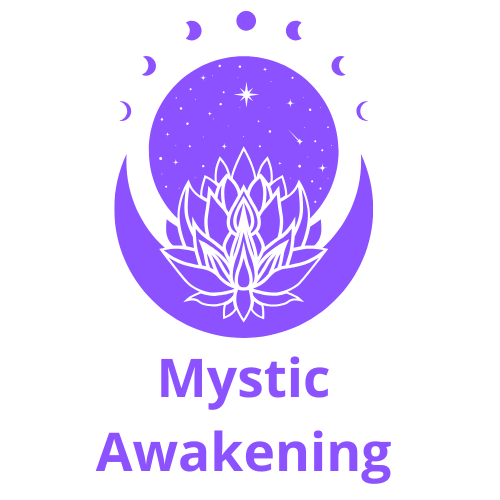


Deja una respuesta
Lo siento, debes estar conectado para publicar un comentario.